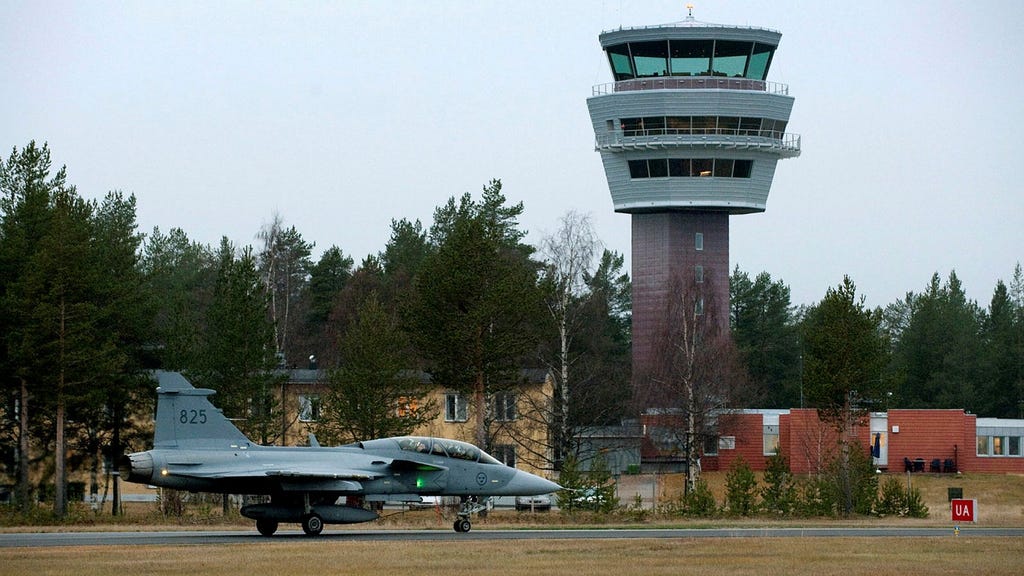The Swedish government’s increased defense spending is being partially clawed back through higher rents charged to defense agencies. This complex financial maneuver involves Fortifikationsverket, the government agency responsible for owning, managing, and building defense properties. They finance their operations by charging rent, a portion of which is returned to the state as a mandated return on investment. This return on investment requirement has been significantly increased, creating a financial feedback loop where increased defense spending translates into higher rents for the very agencies tasked with bolstering national security.
This financial structure has sparked debate and criticism. While the government justifies the increased return on investment as a means to track and manage state property costs, critics argue that it’s a bureaucratic hurdle hindering the rapid defense buildup deemed necessary in the current geopolitical climate. This internal financial shuffling essentially redirects funds allocated for defense back into the state coffers, creating a potential conflict between the urgency of strengthening defense capabilities and fiscal management practices.
The mechanics of this system involve Fortifikationsverket borrowing money to finance the construction and maintenance of defense properties. The size of their loan portfolio directly influences the amount they must pay back to the state as return on investment. With the ongoing expansion of defense infrastructure, these loans are projected to increase substantially, leading to a corresponding rise in the return on investment payments. This escalating cost is ultimately passed on to the defense agencies in the form of higher rents.
The escalating return on investment requirement has seen a steep increase in recent years. From 2.7% in 2022, it rose to 3.62% in 2023 and is now set at 4.54% for 2024. This represents a 68% increase since 2022 and a further 25% jump from the previous year. The projected amount Fortifikationsverket will pay the state in 2024 is nearly 300 million kronor, doubling to almost 600 million kronor in 2025. The Swedish Armed Forces, which leases approximately three-quarters of Fortifikationsverket’s property portfolio, bears the brunt of this increase. Their rental costs related to the return on investment requirement are estimated to rise by approximately 225 million kronor.
Despite these increasing costs, the Swedish Armed Forces maintain that this financial mechanism isn’t a major impediment to their operations. Their overall budget has also seen significant increases, mitigating the impact of the rising rents. While acknowledging the return on investment requirement as a relatively small portion of their overall rental expenses, the Armed Forces, along with other agencies, have nonetheless advocated for a revision of these regulations. They propose changes that would lessen the financial burden imposed by the current system, highlighting a potential conflict between fiscal policy and the practical needs of a rapidly expanding defense apparatus.
The debate surrounding this financial arrangement touches upon broader questions of government efficiency and prioritization. Critics argue that the current system represents unnecessary bureaucracy and undermines the stated urgency of strengthening national defense. The escalating costs, they contend, slow down the very buildup the government claims to prioritize. This conflict between fiscal policy and strategic objectives highlights the challenges of balancing budgetary concerns with the imperative of maintaining a robust and responsive defense capability in an increasingly uncertain world.














